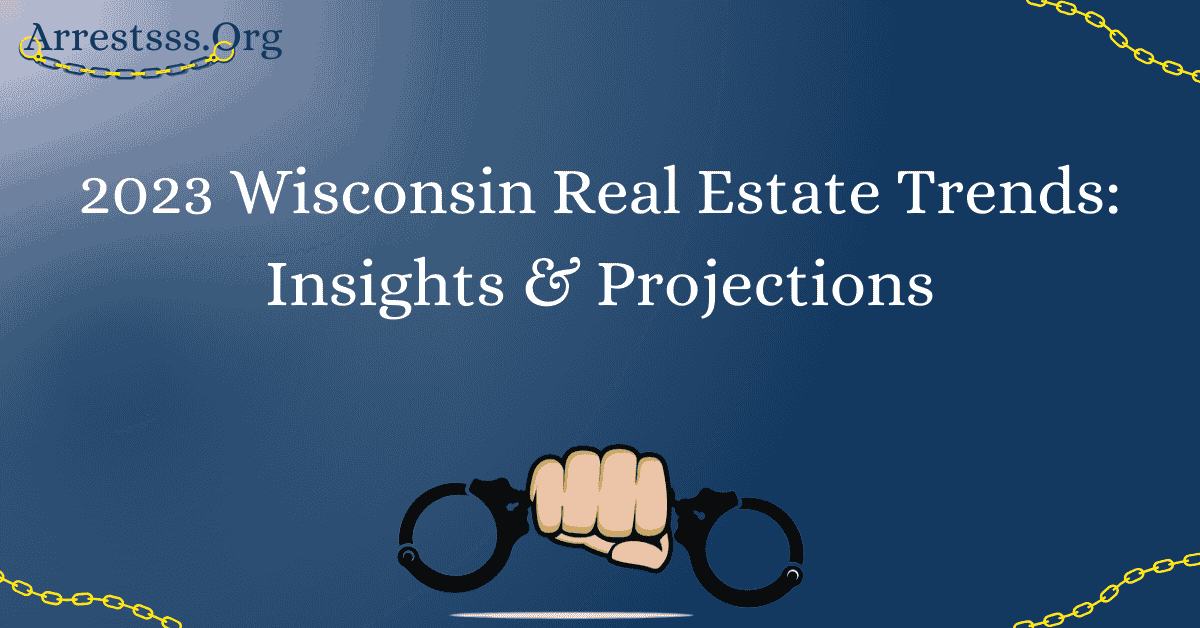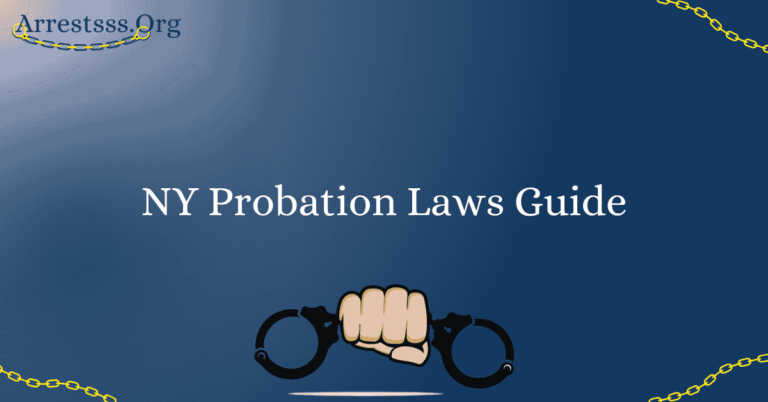2023 Wisconsin Real Estate Trends: Insights & Projections

The Wisconsin real estate market is poised for transformation and growth in 2023. This comprehensive article explores the latest trends, provides valuable insights, and offers informed forecasts for the state’s real estate market. From shifting buyer preferences to economic influences, we delve into the factors shaping Wisconsin’s real estate landscape.
Wisconsin has long been a desirable destination for homebuyers and investors alike, thanks to its diverse landscapes, vibrant cities, and strong job market. In this analysis, we navigate the dynamics of Wisconsin’s real estate market in 2023, providing you with the knowledge needed to make informed decisions in this evolving landscape.
Market Overview
The Wisconsin real estate market in 2023 showcases intriguing dynamics. Home prices, a critical indicator, have experienced fluctuations over the past year. These fluctuations are influenced by various factors, including supply and demand, economic conditions, and shifts in buyer preferences.
In 2023, the market is marked by:
Trends in Home Prices: The real estate market has seen fluctuations in home prices over the past year. Understanding the factors driving these price changes is crucial for buyers and sellers alike. We’ll explore the causes behind these fluctuations and their implications.
Inventory Levels: Inventory levels have a significant impact on the real estate market. Low inventory can drive up prices, while high inventory can create a buyer’s market. We’ll analyze the current inventory situation in Wisconsin and its effects on the market.
Mortgage Rates: Mortgage rates play a pivotal role in the affordability of homes. We’ll examine how mortgage rates are expected to evolve in 2023 and what that means for potential homebuyers.
Buyer Preferences
Today’s buyers are more discerning than ever. Preferences have shifted towards both urban and suburban living, influenced by factors such as commute times, lifestyle choices, and the desire for space. Additionally, sustainability and technology have become important considerations for many homebuyers.
In 2023, buyer preferences are characterized by:
Urban vs. Suburban: We’ll explore the ongoing debate between urban and suburban living in Wisconsin. Factors like commute times, access to amenities, and lifestyle preferences all come into play.
Sustainable Living: Eco-conscious living is gaining prominence. Buyers are increasingly interested in energy-efficient homes, green building materials, and properties with sustainable features. We’ll discuss how this trend is impacting the market.
Tech-Driven Homes: The rise of smart homes is reshaping the real estate landscape. From security systems to energy management, we’ll investigate the demand for tech-driven homes in Wisconsin.
Economic Influences
Economic factors are closely intertwined with the health of the real estate market. Wisconsin’s job market, inflation rates, and interest rates are key influencers in the decisions of both buyers and sellers.
In 2023, economic influences on the real estate market include:
Job Market: Wisconsin’s job market is a critical factor driving real estate activity. We’ll assess the current state of the job market and its impact on housing demand.
Inflation and Interest Rates: The relationship between inflation and interest rates can affect borrowing costs and housing affordability. We’ll examine how inflation and interest rates are expected to evolve in 2023 and what it means for real estate.
Impact of COVID-19: The pandemic has reshaped housing preferences and work arrangements. We’ll explore how the lingering effects of COVID-19 continue to influence the Wisconsin real estate market.
Regional Insights
Wisconsin’s real estate market is diverse, with varying conditions in different regions. It’s essential to understand the unique characteristics of major markets to make informed decisions.
In 2023, regional insights include:
Milwaukee Metro Area: Milwaukee remains a bustling hub with its own set of real estate dynamics. We’ll delve into the market conditions and opportunities in this metropolitan area.
Madison and Surrounding Areas: The state capital and its vicinity present distinct opportunities. We’ll explore the real estate landscape in Madison and surrounding regions.
Up-and-Coming Markets: Some emerging markets in Wisconsin offer great potential for investors. We’ll help you identify areas with improving infrastructure and amenities.
Forecasts and Predictions
The future of Wisconsin’s real estate market is a topic of great anticipation. In this section, we provide short-term and long-term forecasts to help you plan your real estate endeavors with confidence. We also highlight potential investment opportunities that may arise in 2023.
FAQ’s
What are the key trends in Wisconsin real estate for 2023?
In 2023, several key trends are shaping the Wisconsin real estate market. Some of the notable trends include continued demand for suburban and rural properties due to remote work options, rising home prices in popular urban areas, and an emphasis on sustainability and energy-efficient features in new construction. Additionally, the shortage of affordable housing remains a concern, leading to increased interest in multifamily developments and affordable housing initiatives.
How are interest rates expected to impact Wisconsin real estate in 2023?
Interest rates play a significant role in the real estate market. In 2023, experts anticipate that interest rates may gradually rise. This can affect the affordability of homes, potentially leading to a slowdown in the housing market. However, it’s important to note that even with rising interest rates, Wisconsin’s real estate market is expected to remain relatively stable, with continued demand in many areas. Prospective buyers and investors should stay informed about interest rate changes to make informed decisions.
Are there any specific regional variations in Wisconsin’s real estate trends for 2023?
Yes, Wisconsin’s real estate trends in 2023 can vary by region. Urban areas like Milwaukee and Madison may experience higher demand and rising home prices due to their job markets and amenities. Suburban and rural areas may see increased interest from buyers seeking more space and a slower pace of life. Northern Wisconsin may remain a popular destination for vacation and second-home buyers. It’s essential to consider regional variations when analyzing real estate trends and making investment decisions in the state.






